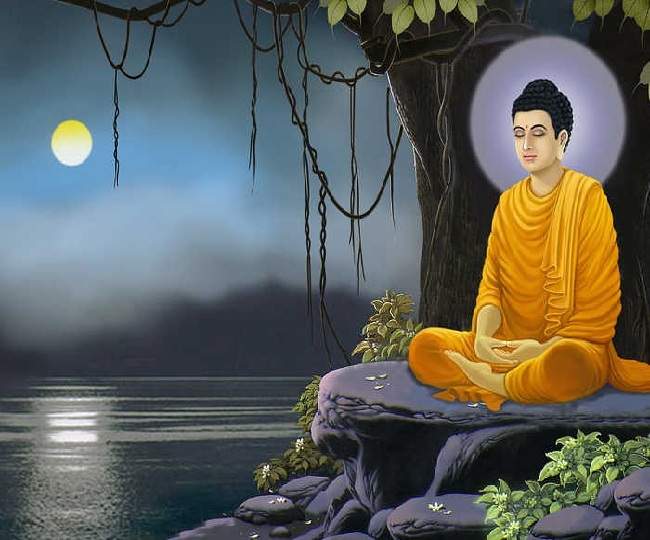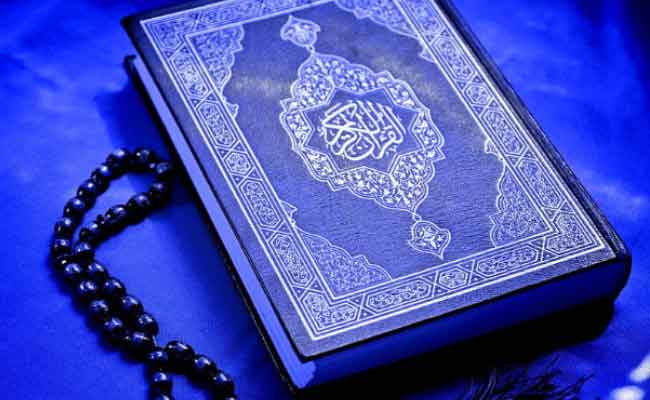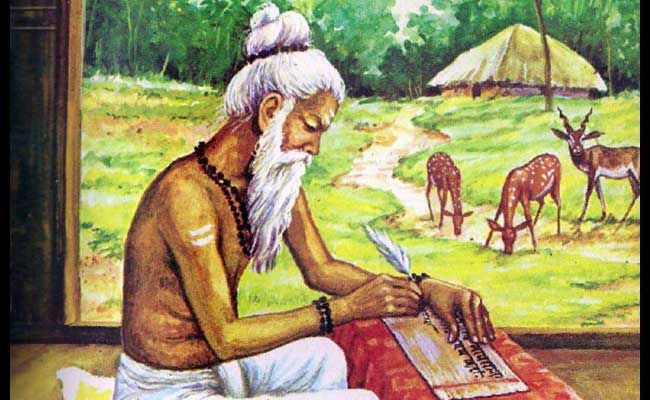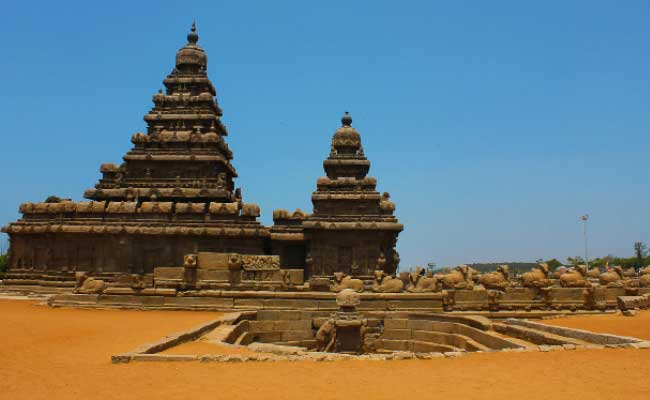Shesha Naga: A Mythological Serpent
In Hindu mythology, Shesha Naga, also known as Ananta Shesha or simply Shesha, is a divine serpent and one of the primary deities. According to Hindu belief, Shesha is an embodiment of Lord Vishnu, one of the most important gods in the Hindu pantheon. This article explores the origins, significance, and symbolism of Shesha Naga in Hindu mythology.
Origins of Shesha Naga
The origins of Shesha Naga can be traced back to the Hindu creation myth, in which the universe is said to be created and destroyed in a cyclical pattern. According to this myth, the universe is created by Lord Brahma, who is born from a lotus flower emerging from the navel of Lord Vishnu. After the creation of the universe, Lord Vishnu takes on the role of its preserver and protector, while Lord Shiva is responsible for its destruction and renewal.
Shesha Naga is said to be a manifestation of Lord Vishnu’s divine energy, and is therefore considered to be one of his primary attendants. In some versions of the myth, Shesha Naga is depicted as a coiled serpent resting on Lord Vishnu’s back, with his many hoods providing shade to Lord Vishnu’s head. In other versions, Shesha Naga is depicted as a multi-headed serpent with thousands of hoods, each one containing a precious gem or jewel.
Significance of Shesha Naga
Shesha Naga is considered to be one of the most important deities in Hindu mythology, and is worshipped in temples throughout India and other parts of the world. The serpent is often depicted in Hindu art and architecture, and is a common motif in Indian jewelry and decorative arts.
One of the primary roles of Shesha Naga in Hindu mythology is as a protector of Lord Vishnu and his avatars. According to legend, whenever Lord Vishnu takes on a human form, such as Lord Rama or Lord Krishna, Shesha Naga is always present to provide protection and guidance. In some versions of the myth, Shesha Naga is even said to take on a human form himself, and to serve as a loyal servant and advisor to Lord Vishnu’s human avatars.
Symbolism of Shesha Naga
Shesha Naga is also considered to be a symbol of many important concepts in Hindu philosophy and mythology. One of the most important of these is the idea of infinite time and space. According to Hindu belief, the universe is infinite and eternal, and is constantly being created and destroyed in an endless cycle. Shesha Naga, with his many hoods and his association with Lord Vishnu, is a representation of this infinite, eternal nature of the universe.
Another important symbol associated with Shesha Naga is that of balance and harmony. The serpent is often depicted as a coiled form, representing the balance between opposing forces. In Hindu mythology, this balance is often represented by the concept of dharma, which refers to the idea of cosmic law and order. Shesha Naga, with his role as a protector and preserver of the universe, is seen as embodying this concept of dharma.
Finally, Shesha Naga is also considered to be a symbol of spiritual enlightenment and wisdom. According to Hindu belief, the serpent is a representation of the kundalini energy, which is said to lie coiled at the base of the spine in every human being. When this energy is awakened through spiritual practice, it rises up through the chakras, or energy centers, in the body, leading to enlightenment and spiritual realization.
![]()





